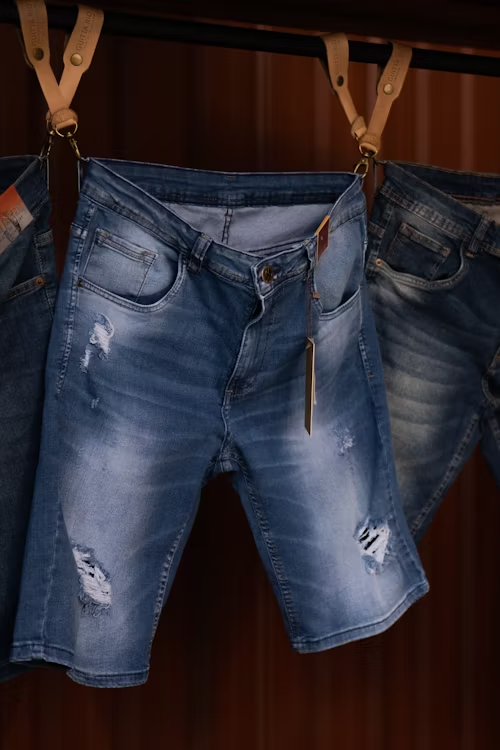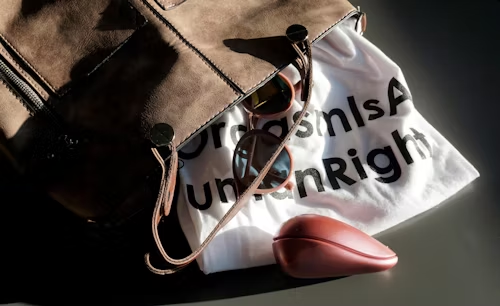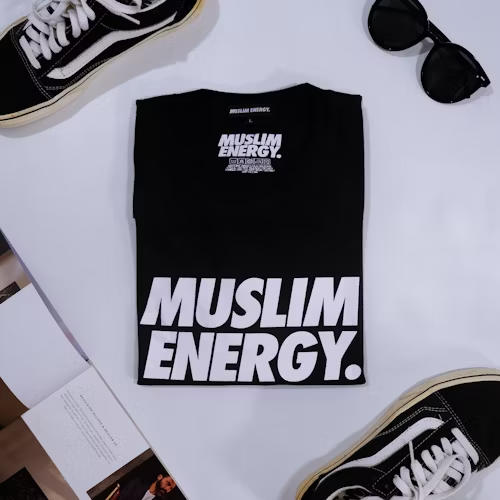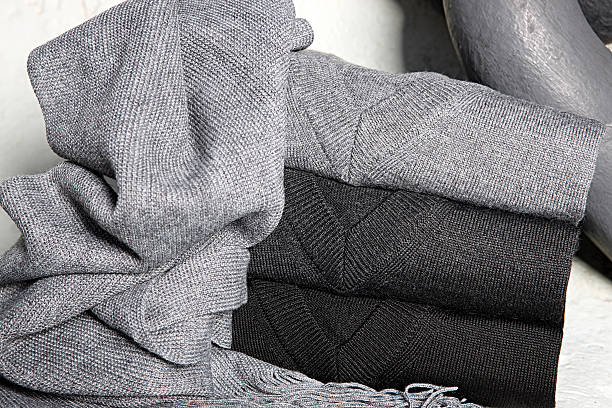“Words weave worlds, but fabric holds the imprint of our stories. As someone privileged to shape narratives with language, I deeply understand the canvas where I press meaning. For the DTG printer, that canvas is fabric – its quality dictates whether your vision sings or whispers. This is not mere craft; it is the alchemy of art meeting science.” – A Nobel Prize winner’s take on printed thread.
Why Your Fabric Choice Makes or Breaks Your DTG Success
Direct-to-Garment (DTG) printing is magic – translating digital art directly onto fabric. But like any great magic trick, the foundation matters immensely. The right fabric isn’t just a backdrop; it’s an active participant. It determines:
- Color Vibrancy & Detail: How brilliantly your whites pop and your colors sing.
- Print Durability: Will the design crack, fade, or peel after washes?
- Hand Feel & Comfort: Does the print feel stiff and heavy, or soft and integrated?
- Overall Professionalism: A poor print on unsuitable fabric screams amateur hour.

The Undisputed Champion: 100% Ring-Spun Cotton
This is the gold standard, the fabric DTG printers were born to love. Why?
- Great Ink Absorption: Natural fibers soak up DTG inks easily. This makes colors bright and details clear—good for complex designs and photo prints.
- Brilliant White Base: Most DTG printing requires a white underbase for color accuracy. Ring-spun cotton provides a consistently bright, clean canvas for this underbase, ensuring true-to-design colors. Lower-quality cotton can have a yellowish or greyish cast, muting results.
- Tough and Long-Lasting: Prints on good 100% cotton stay strong in the wash and don’t crack—way better than most. Ensure proper curing of the prints.
- Soft Hand Feel: Ring-spun cotton is inherently softer than regular carded cotton. The printing process integrates well, maintaining a comfortable feel against the skin.
- Look For: Specify “100% Ring-Spun Cotton”. Mid-weight fabrics (e.g., 180-200 gsm) often provide the ideal balance of drape, durability, and print surface.

A Worthy Contender: Cotton Blends (With Caution!)
Blends like 50/50 cotton/polyester are popular for their low cost, wrinkle-resistance, and durability. However, proceed with DTG knowledge:
- The Polyester Problem: Polyester fibers do not readily absorb water-based DTG inks. This can lead to:
- Reduced Color Vibrancy: Colors may appear slightly duller or less saturated than on pure cotton.
- Risk of Ink Bleeding: Ink can sometimes stay on the surface or move a little along polyester fibers. This makes small details or edges look fuzzy—especially on dark clothes, since the white base layer is important for clear prints.
- Hand Feel Changes: Prints might feel slightly thicker or have a different texture.
- Making Blends Work:
- Use More Cotton: Pick fabrics with less polyester (like 80% cotton, 20% poly). They make prints look way better!
- Manage Your Expectations: Tiny details or super-bright whites might not look as sharp on blends as they do on 100% cotton.
- Pretreatment Is a Must: Good pretreatment is extra important for mixed fabrics—it helps ink stick well to synthetic fibers. Always test your specific blend!
- Know Your Polyester Type: Some specialized “DTG-friendly” poly blends exist, often using specific fiber treatments or constructions. Inquire with your supplier.
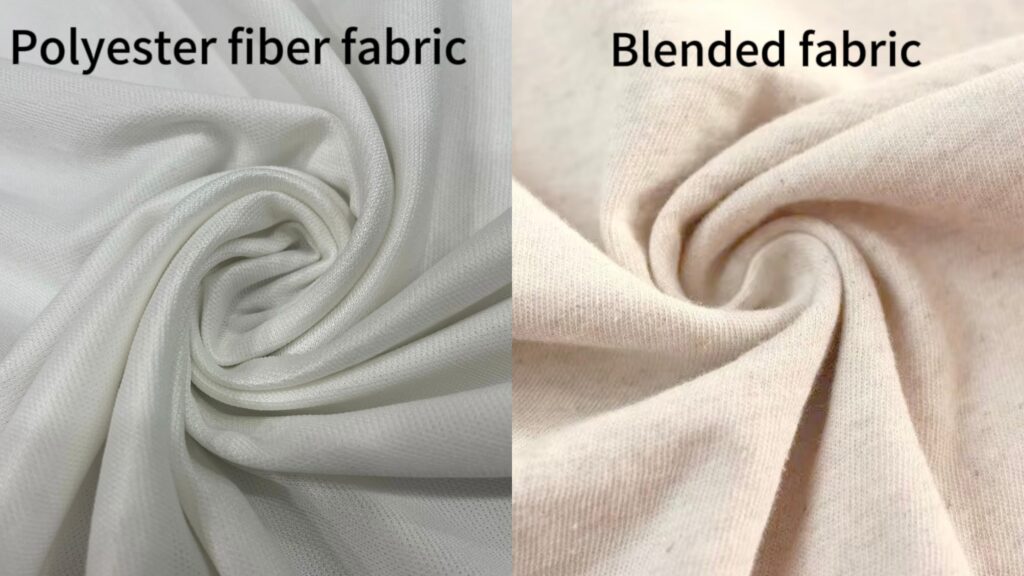
The Premium Choice: Combed Cotton
Think of combed cotton as ring-spun cotton taken to the next level of luxury:
- Even Smoother Surface: An extra step removes shorter fibers and impurities, resulting in an extremely smooth, uniform surface.
- Print Clarity: This smoothness enables sharp details and precise ink placement, suitable for complex designs or small text.
- Ultimate Softness: The removal of shorter, scratchier fibers makes combed cotton extremely soft and comfortable from the first wear.
- Cost: This special process costs more, so it’s best for pricey products or designs that need the best print quality.

Emerging Stars: Bamboo & Tencel™ Blends
Sustainable fabrics are rising, and some perform surprisingly well with DTG:
- Bamboo Viscose/Rayon (Often Blended with Cotton):
- Pros: Offers a beautiful silky drape, inherent softness, air permeableness, and strong eco-credentials. Accepts DTG ink reasonably well, producing vibrant prints with a luxurious feel.
- Cons/Considerations: Can be more prone to shrinkage than cotton. Ensure proper pre-shrinking/pre-treatment. The drape is different from cotton – know your garment style. Always pre-test.
- Tencel™ Lyocell (Often Blended with Cotton):
- Pros: Made from sustainably sourced wood pulp, known for its exceptional softness, moisture-wicking properties, and beautiful drape. Takes DTG ink effectively, yielding prints with color retention and durability, plus a luxury feel.
- Cons/Considerations: Generally a higher price point. Like bamboo, shrinkage can be a factor – pre-shrunk garments are essential. Its drape is distinct.
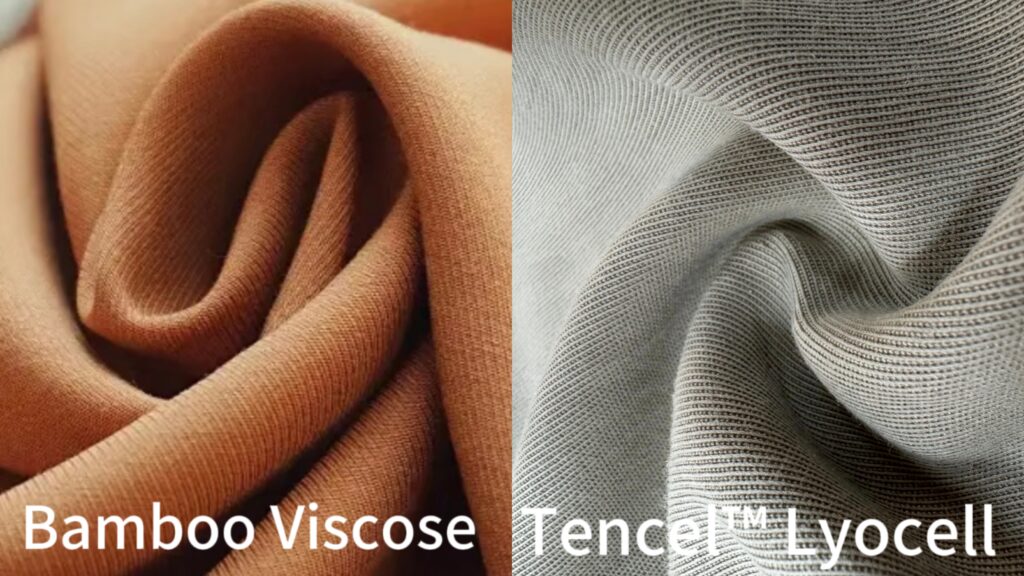
Fabrics to Generally Avoid for DTG
Save yourself the frustration and poor results:
- 100% Polyester: Standard polyester is totally mismatched with standard water-based DTG inks. Results will be extremely poor – faded, easily cracked, and prone to washing out. (Specialized DTG inks for polyester exist, but that’s a different process).
- 100% Nylon: Similar mismatch issues as polyester.
- Fabrics with Roughness or Texture: Hemp (unless woven finely and blended), slub knits with heaviness, terry cloth, fleece with depth. The texture prevents the print head from making consistent contact, leading to patchy, incomplete prints.
- Water-Repellent or Silicone-Treated Fabrics: These treatments actively prevent ink absorption.
- Fabrics That Stretch a Lot: A little stretch is fine (like cotton jersey). But fabrics for significant stretching (like sportswear with spandex) make prints crack when pulled.
Your Winning Fabric Checklist: Choosing with Confidence
Before hitting print, always ask:
- Primary Fiber Content? (Aim for high cotton % for best results).
- Is it Pretreated? (Essential for DTG – if not, factor in doing it yourself).
- Weight (GSM)? (Cotton with a weight of 180 to 200 grams per square meter (gsm) represents the optimal range).
- Construction? (Smooth jersey knit is ideal; avoid heavy textures).
- Color? (Whites/light colors show colors best; darks require expert white underbasing).
- TEST! Always print a sample on the exact garment you plan to use in production.
Weaving Your Digital Masterpiece
Digital printing needs the best fabrics:
- 100% ring-spun cotton is still the top choice for DTG printing. It gives the brightest colors, sharpest details, and longest-lasting prints.
- If you use cotton blends, pick those with more cotton (and be careful).
- For the softest and fanciest feel, go with combed cotton.
- Eco-friendly options like bamboo and Tencel™ blends are great for eco-friendliness, but test them first.
- Avoid synthetic fabrics and rough/bumpy materials.
Remember, the fabric is not merely worn; it is the first page of your design’s story. Choose the canvas worthy of your art, and watch your creations not just rank, but resonate. Now, go forth and print with the confidence of a master artisan, knowing your foundation is as strong as your vision.
